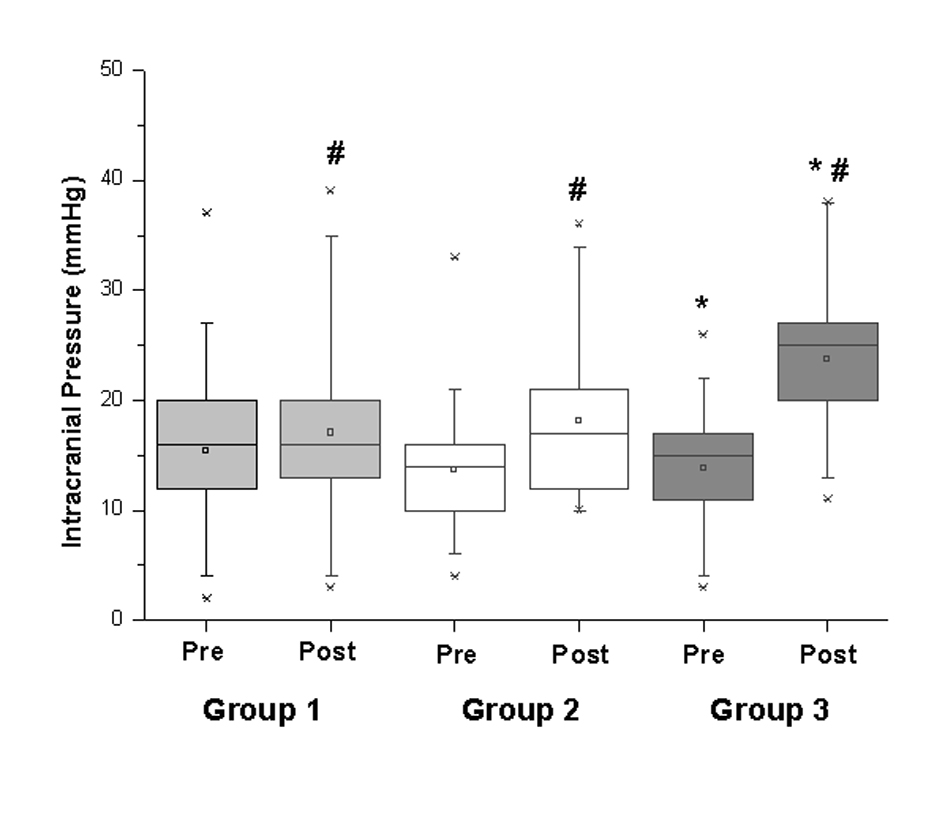
Figure 1. Intracranial Pressure pre and post Lidocaine administration. *P values < 0.05 between Pre and Post moments; # P values < 0.05 comparison between groups.
| Journal of Neurology Research, ISSN 1923-2845 print, 1923-2853 online, Open Access |
| Article copyright, the authors; Journal compilation copyright, J Neurol Res and Elmer Press Inc |
| Journal website http://www.neurores.org |
Original Article
Volume 3, Number 2, April 2013, pages 51-55
Which is Safer to Avoid an Increase in ICP After Endotracheal Suctioning in Severe Head Injury: Intravenous or Endotracheal Lidocaine?
Figure

Table
| Group 1 (n = 20) (Lidocaine intravenously) | Group 2 (n = 20) (Lidocaine Endotracheally) | Group 3 (n = 20) (Without Lidocaine) | ||||
|---|---|---|---|---|---|---|
| Pre | Post | Pre | Post | Pre | Post | |
| Average ± standard deviation; no significant difference among groups and Pre e Post moments; bpm: beats per minute. | ||||||
| Heart Rate (bpm) | 91.0 ± 13.9 | 93.8 ± 14.0 | 92.9 ± 15.7 | 100.3 ± 18.8 | 96.3 ± 20.4 | 104.9 ± 21.9 |
| Mean Arterial Pressure (mm Hg) | 93.0 ± 20.0 | 100.8 ± 19.8 | 96.2 ± 10.6 | 97.2 ± 10.7 | 94.7 ± 14.2 | 97.3 ± 14.0 |
| Cerebral Perfusion Pressure (mm Hg) | 76.5 ± 19.2 | 84.2 ± 18.3 | 82.5 ± 12.3 | 79.0 ± 13.8 | 80.8 ± 16.6 | 73.5 ± 17.5 |